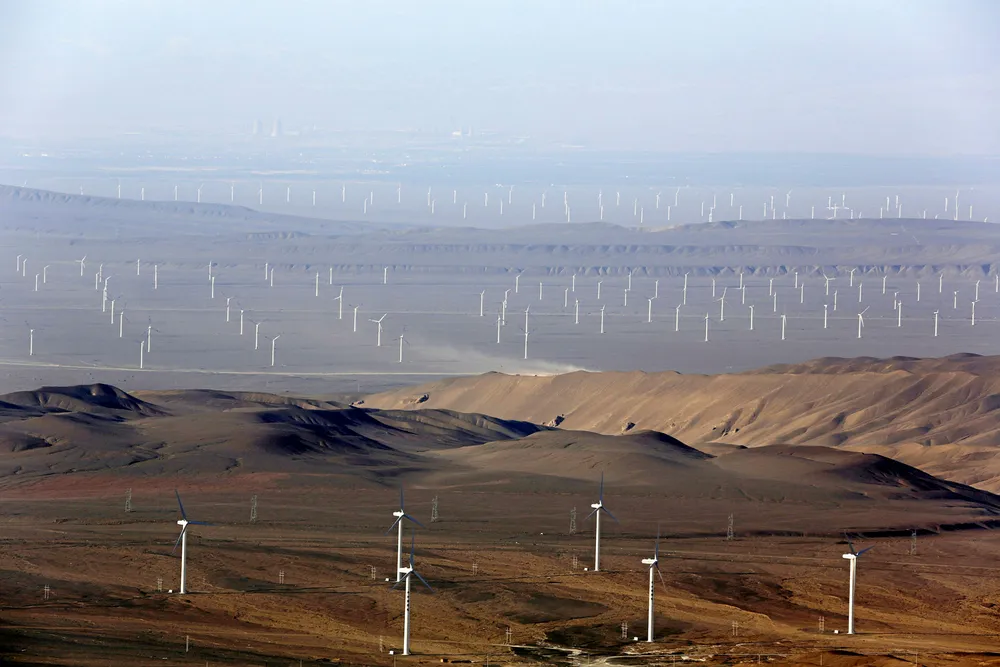China's energy switch: Nation to shift from fossil-fuels base to renewables
The world’s second-largest energy consumer is trying to invert the energy consumption pyramid with strong support of renewables

The world’s second-largest energy consumer is trying to invert the energy consumption pyramid with strong support of renewables
